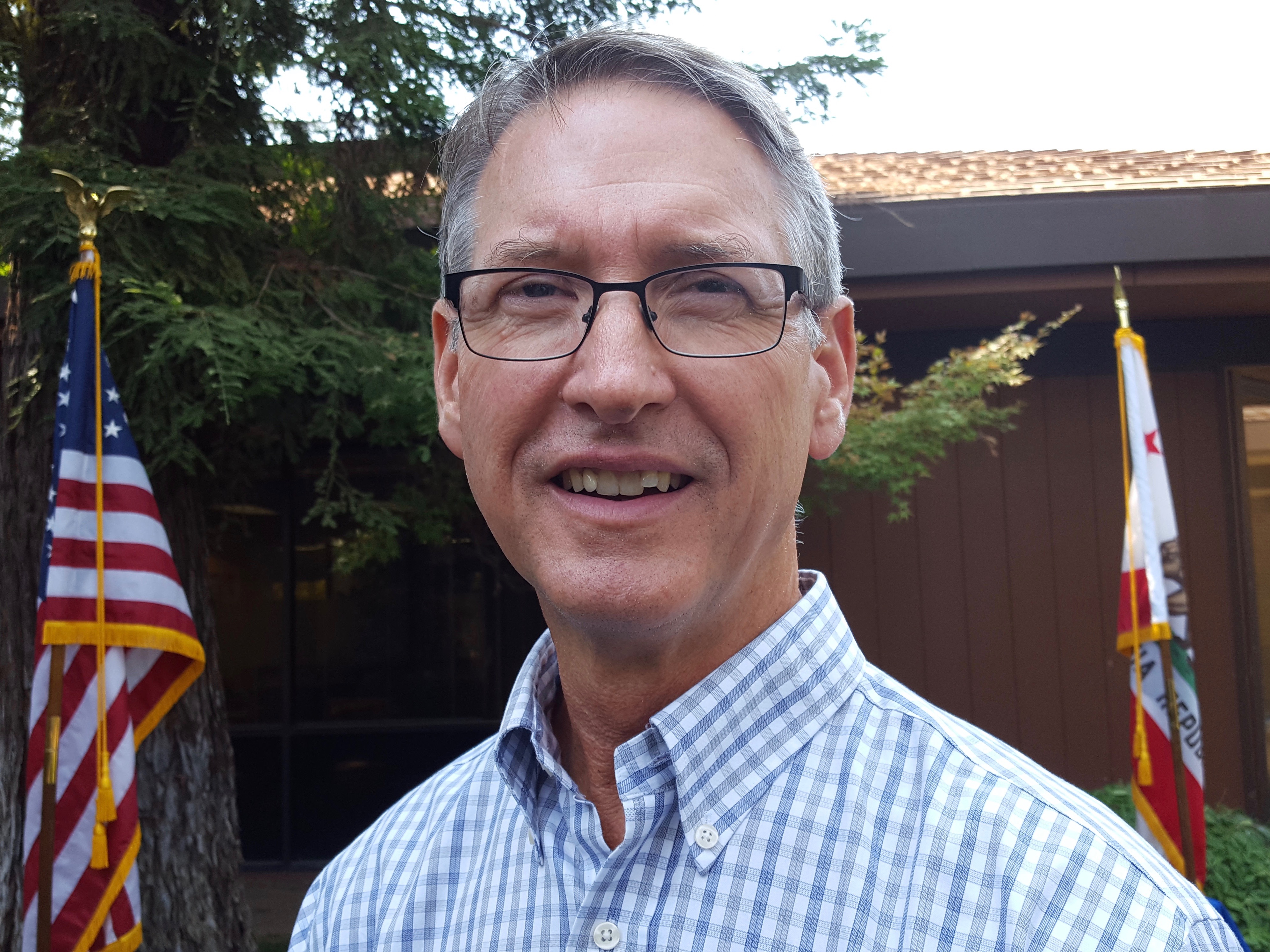A Second Major Blow For Temperance Flat Dam
Water Commission Staff Again Slaps Down Temperance Flat Project
Editor’s note: In a stunning decision, California Water Commission staff, once again, rejected the Temperance Flat Dam Proposal. The San Joaquin Valley Water Infrastructure Authority, which is managing the planning and building of Temperance Flat Dam, issued the following statement:
Water users, counties, and cities across much of the San Joaquin Valley have again found the California Water Commission staff to be unbending over efforts led by the San Joaquin Valley Water Infrastructure Authority (SJVWIA) to both develop Temperance Flat Dam and create badly-needed additional San Joaquin River water storage in a major new Central California reservoir.

Mario Santoyo, the Executive Director of the SJVWIA is stunned by the California Water Commission’s staff’s decision.
The Water Commission staff today reacted to the SJVWIA appeal in February of an earlier very low public benefit ratio score by assigning only a token improvement in point totals. Temperance Flat’s public benefit ratio was increased from 0.10 to 0.38. A score of 1.0 has been generally considered a minimum for an application to advance, reflecting the bond measure’s emphasis on benefits stressing the environment and flood protection.
Temperance Flat, which would be a reservoir containing 1.3 million acre-feet of new storage space above Millerton Lake northeast of Fresno, is one of the state’s two largest proposals seeking to be awarded some of the $2.7 billion in Proposition 1 funding for new storage projects.
The SJVWIA, in its application, calculated the Temperance Flat Project should have a public benefit ratio of 2.38. In its appeal, the SJVWIA sought a total of $1.055.3 billion in Proposition 1 funding under the Water Storage Investment Program but the latest CWC staff action would yield, if granted by the full commission, just over $177 million.
The other large proposed project, Sites Reservoir in Northern California, was similarly rebuffed.
“Once again the California Water Commission staff has hijacked what the people of California wanted and voted for,” said SJVWIA Executive Director Mario Santoyo. “The Water Commission staff has again failed to recognize the value of large storage projects by keeping Temperance Flat and Sites Reservoirs well below the 1.0 scoring level.” He noted only two of the remaining 11 projects had scores higher than 1.0. Both are small surface storage proposals. “We are, to say the least, disappointed and dumbfounded by this action.”
“This scoring is devastating but the San Joaquin Valley Water Infrastructure Authority is not giving up,” said Steve Worthley, SJVWIA president and chairman of the Tulare County Board of Supervisors. “We’re going to take our case directly to the Water Commission staff next Wednesday (April 25) and then to the water commissioners themselves May 1-3.
The commissioners were assigned by Proposition 1 to make the decision on this. It’s important to remember that two-thirds of those casting ballots on Proposition 1 in the 2014 general election favored these bonds and what really attracted that level of support was the bond’s much-needed funding for major new storage projects such as ours.”
In fact, Worthley said, Proposition 1’s major storage provisions were written by the Legislature with big projects such as Temperance Flat and Sites specifically in mind.
In a lengthy letter today to the SJVWIA, the Water Commission staff indicated it accepted many of the arguments raised on appeal by the Temperance Flat project’s planners but increases in benefit scoring that were awarded on each item were merely minimal.
Santoyo said the SJVWIA has spent more than $2 million to date on the Water Commission application, utilizing what he said were the most qualified engineers to develop the technical data required by the commission staff. The U.S. Bureau of Reclamation, which administers the Central Valley Project for the Interior Department, has invested more than $38 million in studying the project. He said those studies resulted in a finding that the selected Temperance Flat site is the most preferable location for such a project.
The SJVWIA was organized as a multi-jurisdictional joint powers authority in order to meet the need for coordinated Valley-wide leadership and collaboration in developing the Temperance Flat Project. The SJVWIA was formed by boards of supervisors in Tulare, Fresno, Kings, Madera and Merced Counties and also includes representatives from Valley cities and water agencies.
Worthley said the joint-powers agency’s “focus on our region’s water infrastructure needs is based upon a desire to help resolve the continuing San Joaquin Valley’s water supply crisis, and to capture floodwater flows that can be utilized regionally to help comply with the state’s new Sustainable Groundwater Management Act. For too many years, the Valley has been enduring water shortages that adversely affect many of our counties’ constituents and the region’s economy. Temperance Flat represents a common sense approach and the Valley’s best opportunity to address these issues.”











